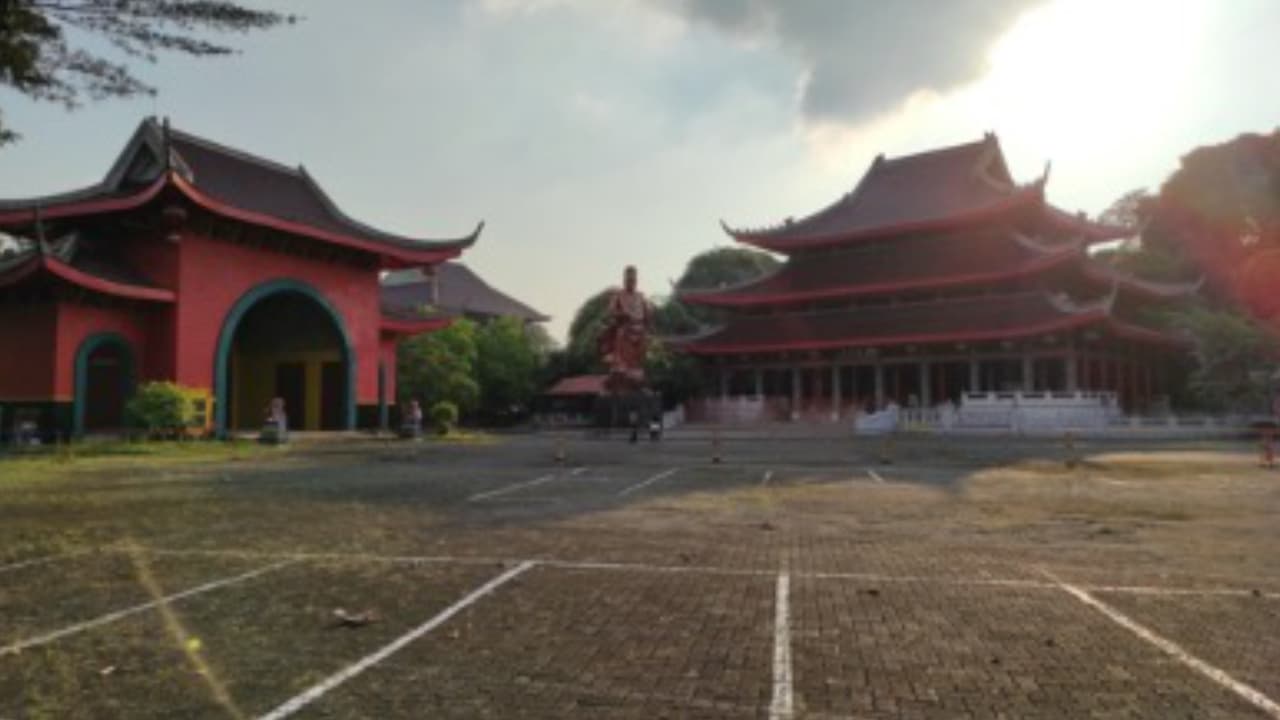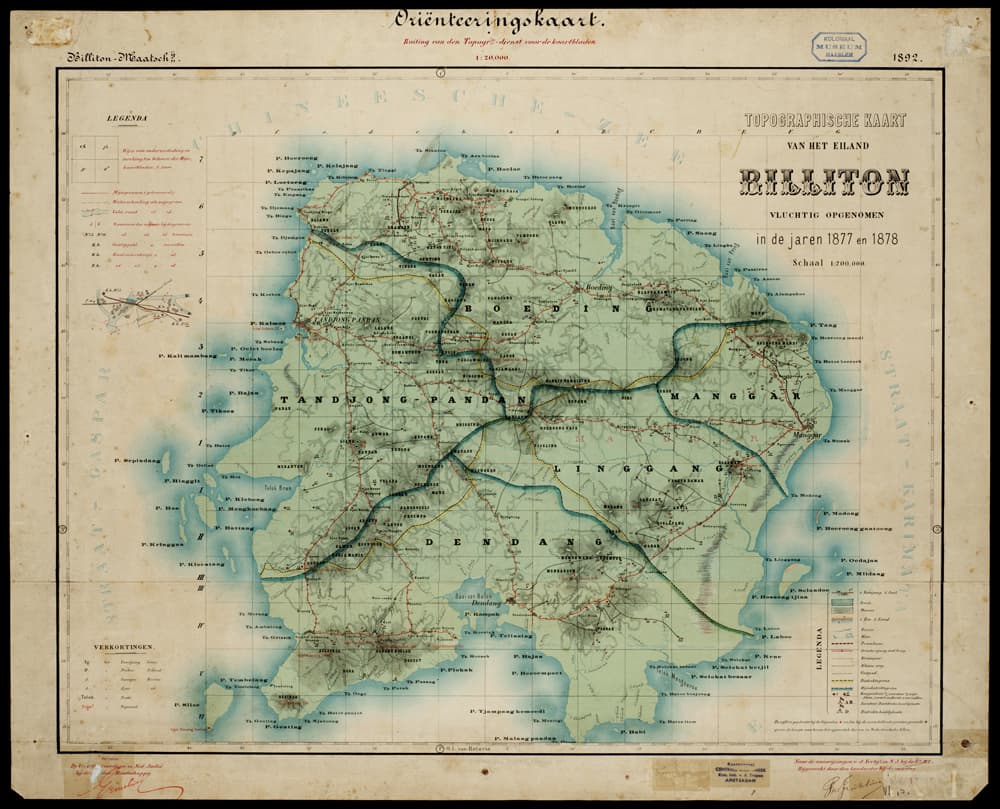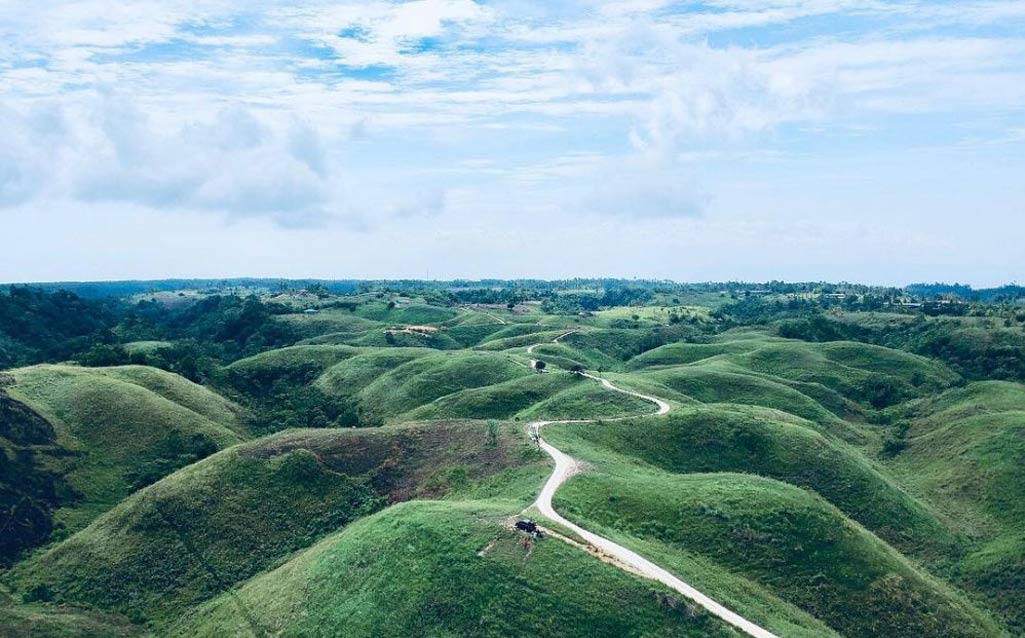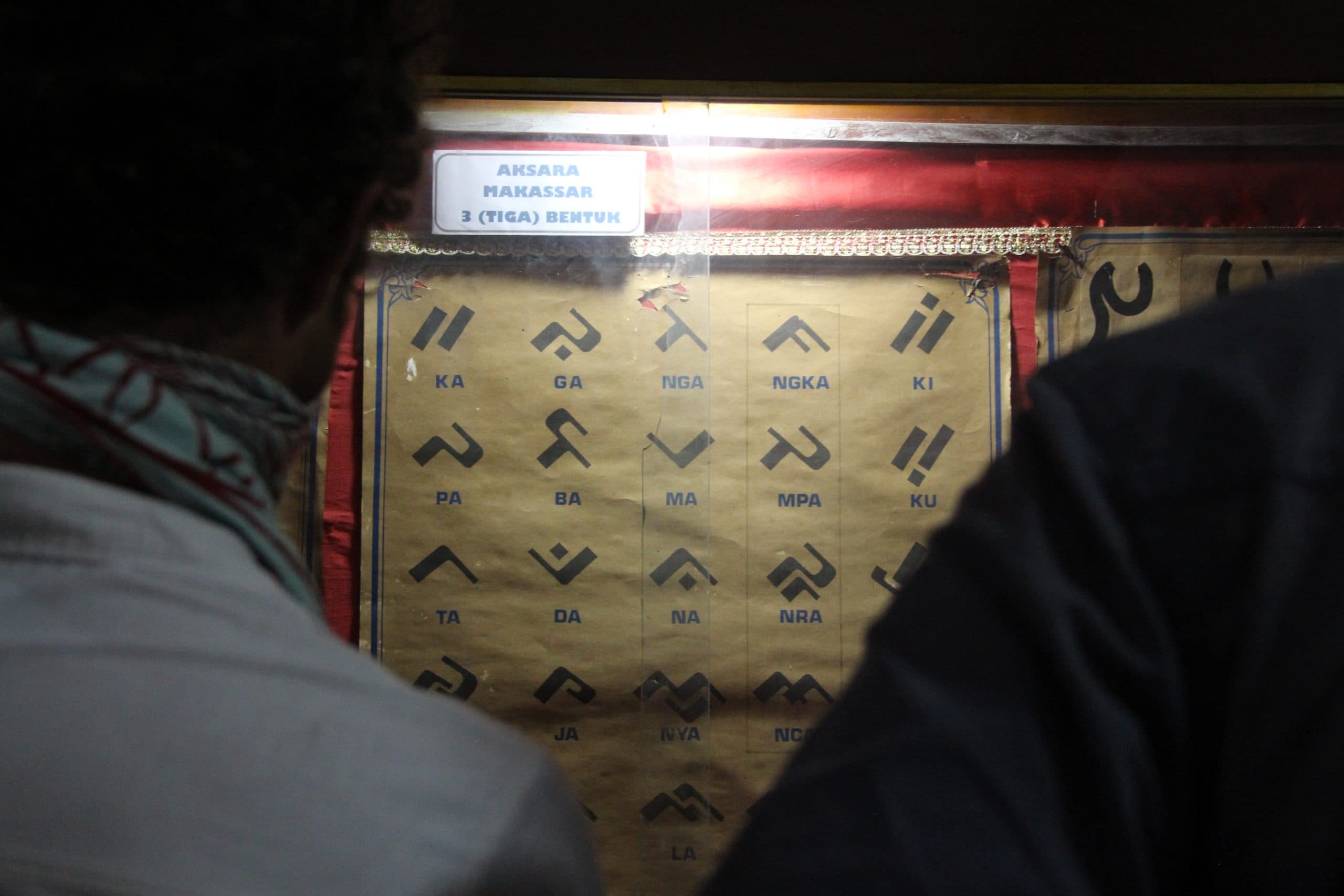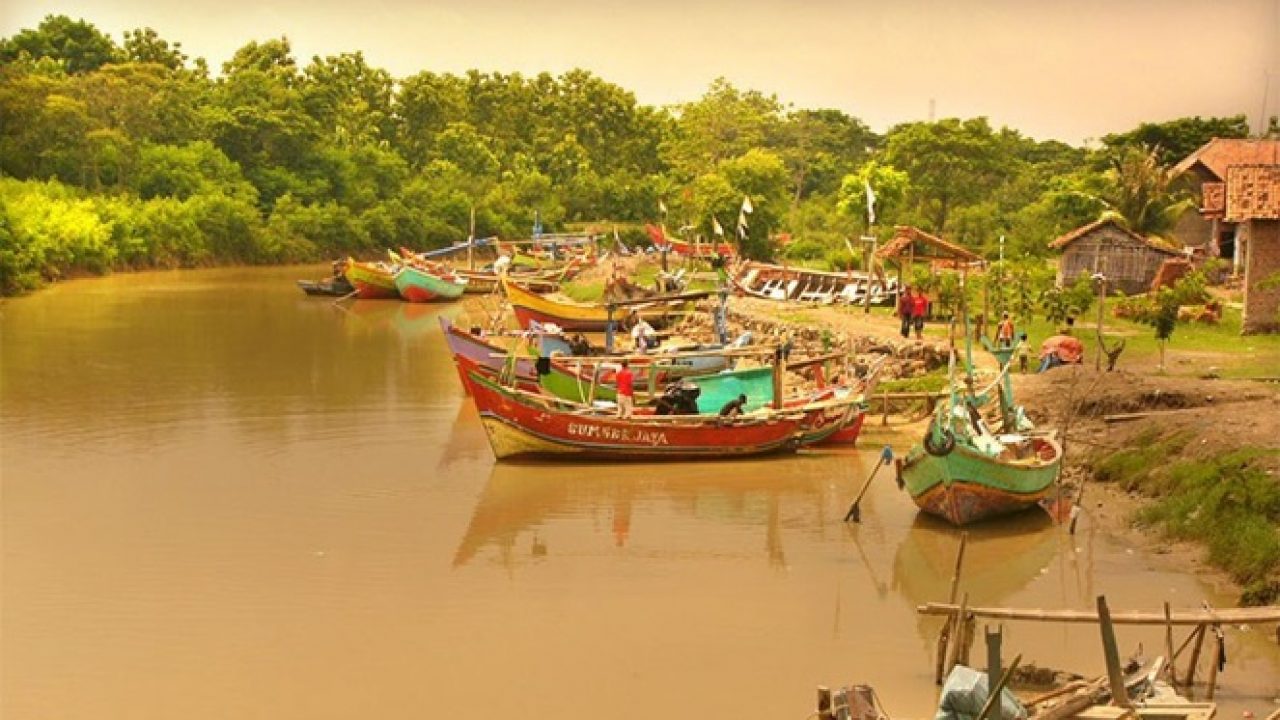
Cirebon was an essential quay in the trade routes among nations. Besides the surrounding areas like Demak, Banten, Tuban, and Gresik, Cirebon also formed relationships with the ports across the ocean, such as Pasai and Campa.
Before Cirebon entered the colonial era, it had a port that led the town to become a trade point. Muara Djati, located in Cirebon, was often mentioned in classic written sources. Despite the Port of Cirebon’s nonexistence, Muara Djati had become a significant knot in the spice routes traffic.
In the Pre-Islamic period, Cirebon was under the reign of the Sunda Pajajaran Kingdom. At that time, about 5 km from what we now call Cirebon, there was a village at the foothills of Amparan Jati called Pasambangan that had a leading port named Muara Djati.
As the spice trade traffic in Javanese waters grew, Muara Jati Port was busier with transactions by many people. Numerous ships from various areas berthed at Muara Jati Port.
The ships carried Chinese, Arabic, Parsi, India, Malacca, Temasek, Paseh, East Java, Madura, and Palembang traders. It became a positive catalyst in Dukuh Pasambanan’s development. As a result, the place became more crowded and led the people to prosperity.
The story of this bustling port was told in Carita Purwaka Caruban Nagari. It was written that Chinese ships under the commander Wai Ping visited Muara Jati with the admiral Te Ho and their innumerable followers. They came to Muara Jati to add supplies like clean water and food before continuing their journey to Majapahit.
A lighthouse was built in Muara Jati port, functioning as a sign. As a result, the port became more crowded, and more international ships berthed here. In addition, Muara Jati was involved in the international trade network, even before the people embraced Islam.
Since the colonial era, Muara Jati had been eliminated. It was a result of sedimentation that caused the silting and narrowing of the waters. The Dutch then decided to build a new port. Since that, Muara Jati became a mere small port, for the central trade had changed hands.
__________
Sources:
Tjandrasasmita, U. 1996. “Bandar Cirebon dalam Jaringan Pasar Dunia”, in Susanto Zuhdi, Cirebon Sebagai Bandar Jalur Sutra: Kumpulan Makalah Diskusi. (Jakarta: The Department of Education and Culture), h. 199-220.
Pangeran Arya Cerbon. 1980. Purwaka Caruban Nagari. (Cirebon: The Department of Education and Culture).
__________
Text: Endi Aulia
Editor: Doni Ahmadi
Translator: Dhiani Probhosiwi



